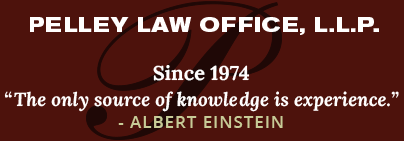Most Texas residents understand that unsecured revolving debt can be an expensive way to borrow, but they may be surprised at just how costly it can be to maintain a balance on high-interest credit cards. The amount that Americans owe to credit card companies has grown by almost $100 billion since 2010, and it now sits at over $900 billion. Only minimum payments are made in many cases, and interest rates are sometimes 19 percent or more. While many Americans pay their credit card bills in full each month, households that do carry a balance owe an average of $7,500.
Even a relatively small balance can be difficult to pay down when the interest rate being charged is 19 percent. A $3,000 balance at this rate would generate $513 in finance charges over the course of a year, which means that the account holder would be required to pay more than $42 each month just to keep up with the interest. Late fees and other penalties can make this struggle even more difficult.
There is no shortage of advice for consumers who are hoping to avoid this trap. Financial advisers recommend that lump sum payments such as tax refunds or bonuses be used to pay down high interest debt, but this advice often fails to account for the unpredictable nature of life and the speed with which credit card bills can mount.
Individuals often find themselves in an unmanageable financial situation after using credit cards to purchase household necessities following an illness, injury or layoff. An attorney with experience in this area could discuss the various forms of debt relief available and explain the benefits of bankruptcy.



